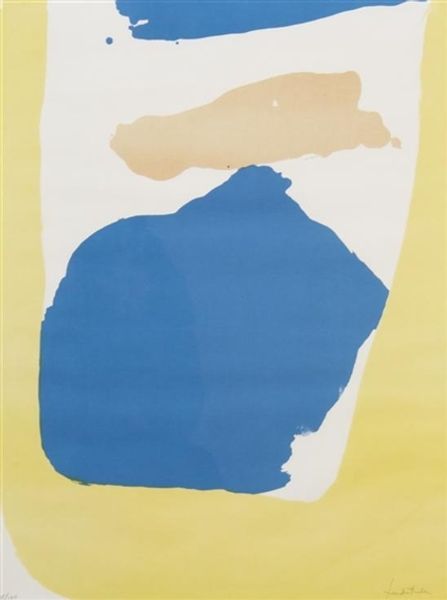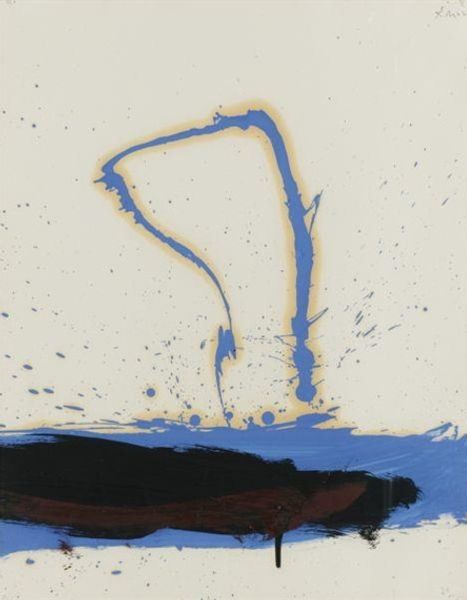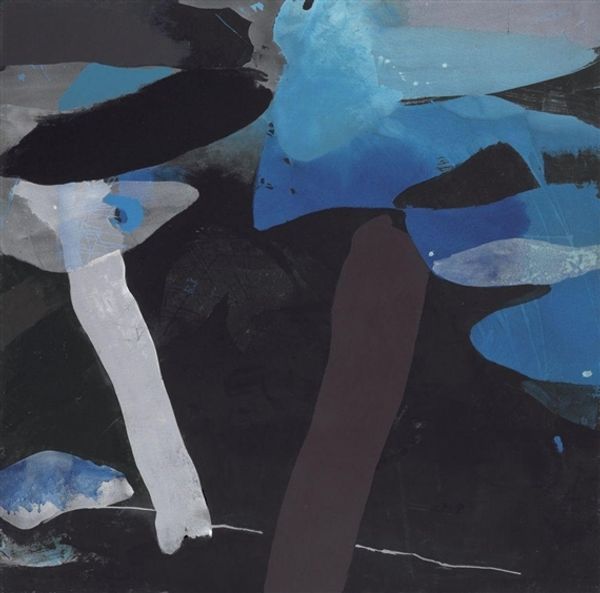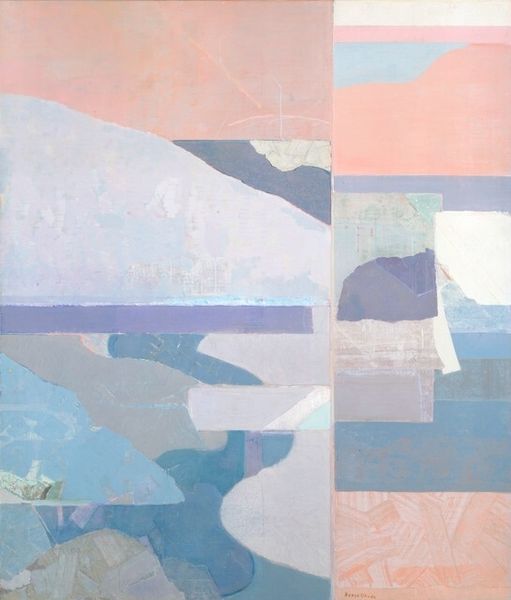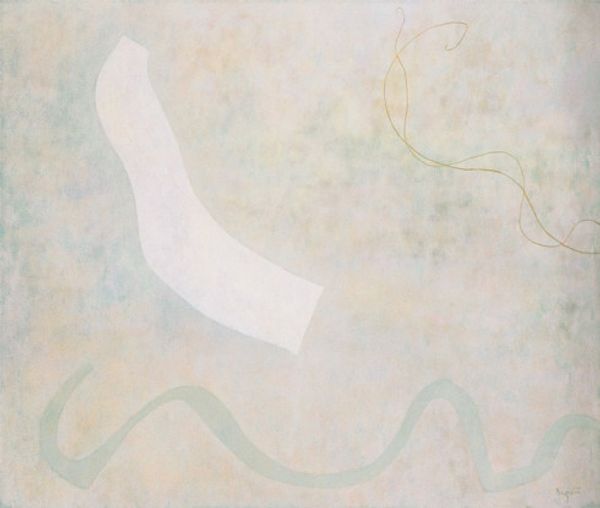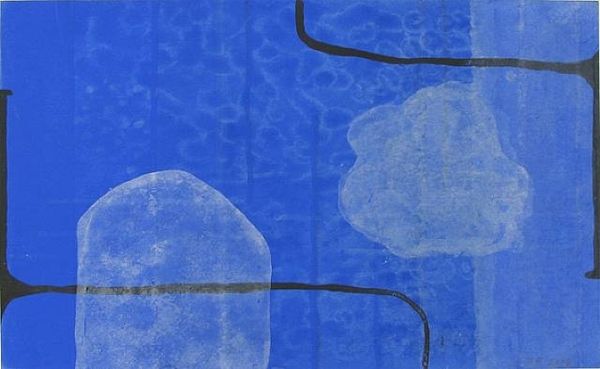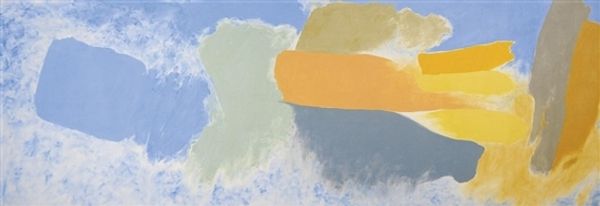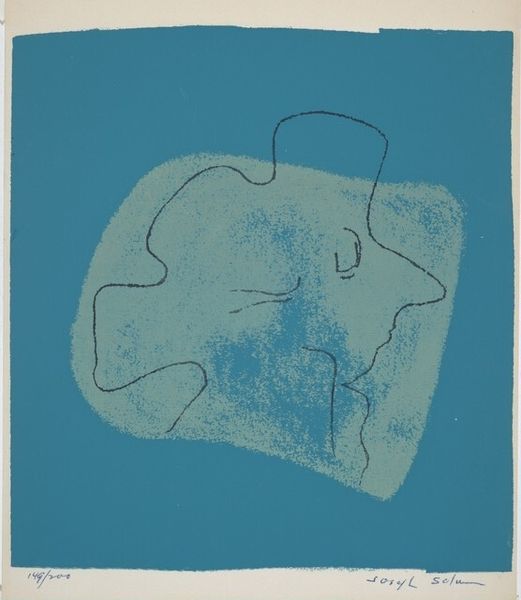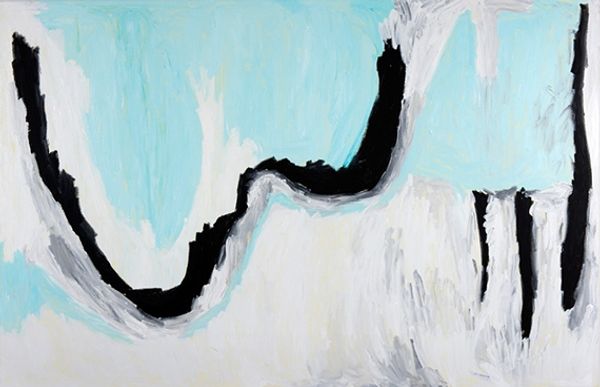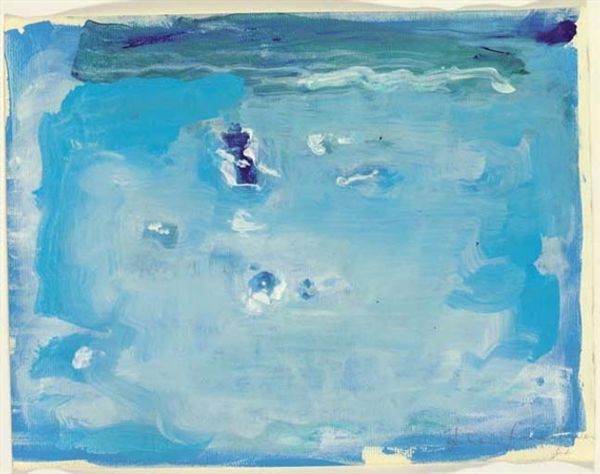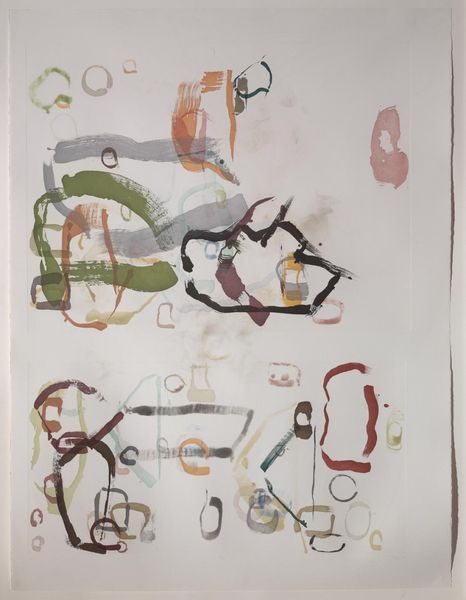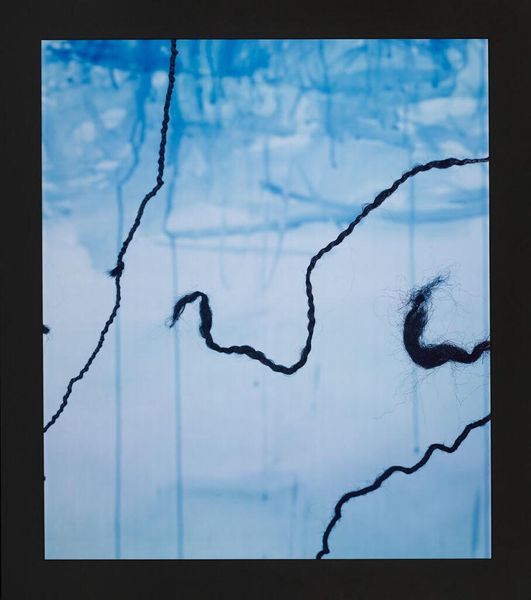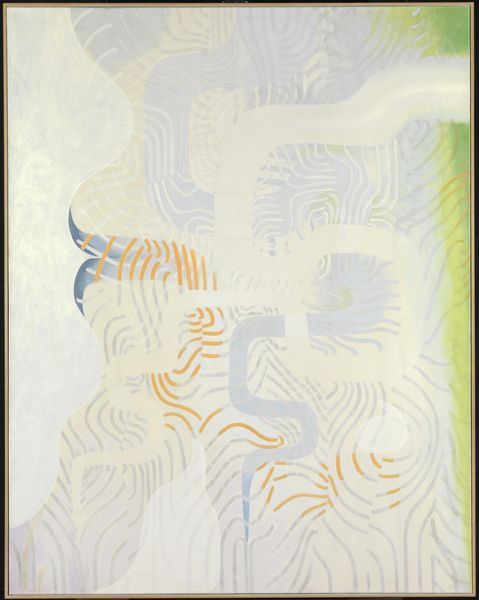
painting
#
non-objective-art
#
painting
#
geometric-abstraction
#
abstraction
#
line
#
modernism
Copyright: Public domain Belarus
Wladyslaw Strzeminski created this work, Pejzaz morski, 2 VII, using paint on canvas. Born in Warsaw in 1893, Strzeminski's life was profoundly marked by war and physical trauma; he lost an arm and a leg during World War I. How do we interpret an artist's body of work when we know that that body was itself fragmented? Strzeminski, despite these physical challenges, became a pivotal figure in the Polish avant-garde. His theories on Unism advocated for art that was unified and organic, much like a living organism. Consider how the light blues and whites evoke a sense of calm and boundlessness; the ocean has no edge. Strzeminski’s abstraction, in this work, invites a deeply personal, emotional response, as he sought to convey a sense of harmony and unity in a world that often felt fractured. It's a testament to the resilience of the human spirit and the transformative power of art amidst personal and historical trauma.
Comments
No comments
Be the first to comment and join the conversation on the ultimate creative platform.
